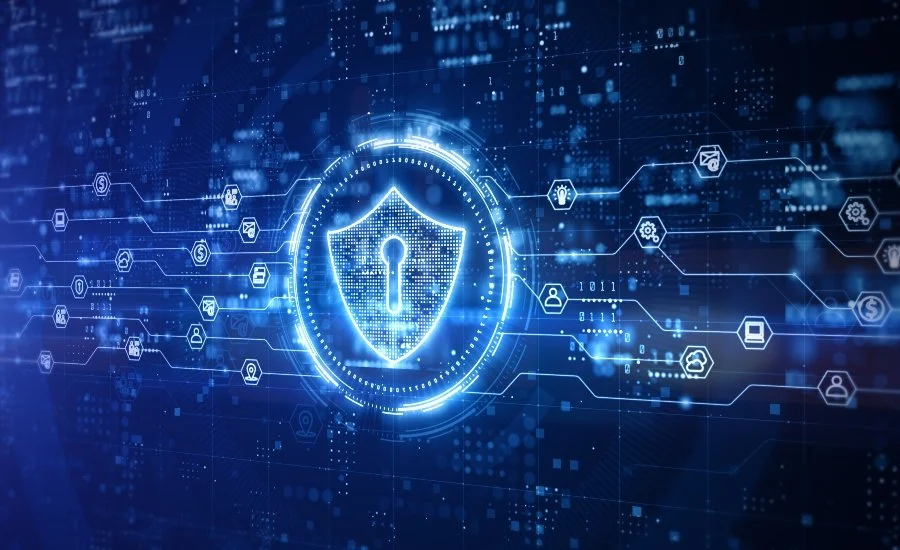6 Tips to Manage Storage Space on Your Android Smartphone or Tablet
/When buying a new Android Smartphone or Tablet, it’s easy to save money by choosing a model that comes with less internal storage. This storage is primarily used by Apps, Photos, and Videos.
The downside of choosing a model with 16GB or 32GB is that storage can be used very quickly. To help you manage your Android storage, here are a few tips.
1. MicroSD
MicroSD is an excellent method of adding extra storage to your Android device. Check that your Android device comes with a MicroSD Card Slot. You can buy a 64GB card for about US $30.
2. USB OTG
If your Android device doesn’t have a MicroSD slot, consider using the USB OTG (USB On-The-Go). This device will allow you to connect your Android Smartphone or Tablet to a flash drive or external hard drive, to increase your storage capacity. Just make sure that your device is compatible before purchase. You can buy one for about US $8.
3. Remove Apps
In your Settings, you’ll find a list of every app that is currently installed on your device, as well as how much space is being used by each app. You can access this list on most android devices by tapping “Settings” then “Apps”.
Should you own a Samsung Galaxy, you can get to this page by “Settings”, then “Applications”, followed by “Application Manager”. If you see an app that you no longer use, then you should uninstall it. You’ll still be able to download and install it again whenever you choose to.
4. Stream Content to your Device
Music, TV shows and Movies can easily take up the allocated storage on your Android device. Instead of downloading the content onto the device, try using a streaming service, such as Spotify and Netflix.
Not only does this minimize the storage being used, you’ll also have access to a lot more content than before. Just remember that if your streaming without a Wi-Fi connection, you’ll be draining your data usage.
5. Delete Old Files
Should you have any old files, such as documents, photos, videos, and others on your Android device, that are just taking up space and never using them, then maybe you should delete them.
To do this, go to “Settings”, then tap on “Storage” then “Other” or “Miscellaneous” and tap on “Explore” when you're prompted to. After the prompt, all you need to do is tap and hold the item to select it and delete it.
6. Back-Up Data into the Cloud
A great method of handling photos and videos is to back them up into the cloud. On Android devices, it is recommended to use “Google Photos” as it’s easy to use and free. Backing up your files into the cloud makes it easier for you to delete any files that are locally stored on your device, as you know that there is a backup, in case you ever want to use it again.
To set up Google Photos to automatically backup your photos and videos, open the app and tap the three horizontal lines, opening the “Menu”. Next, tap “Settings” then “Backup & Sync”.
Source:












